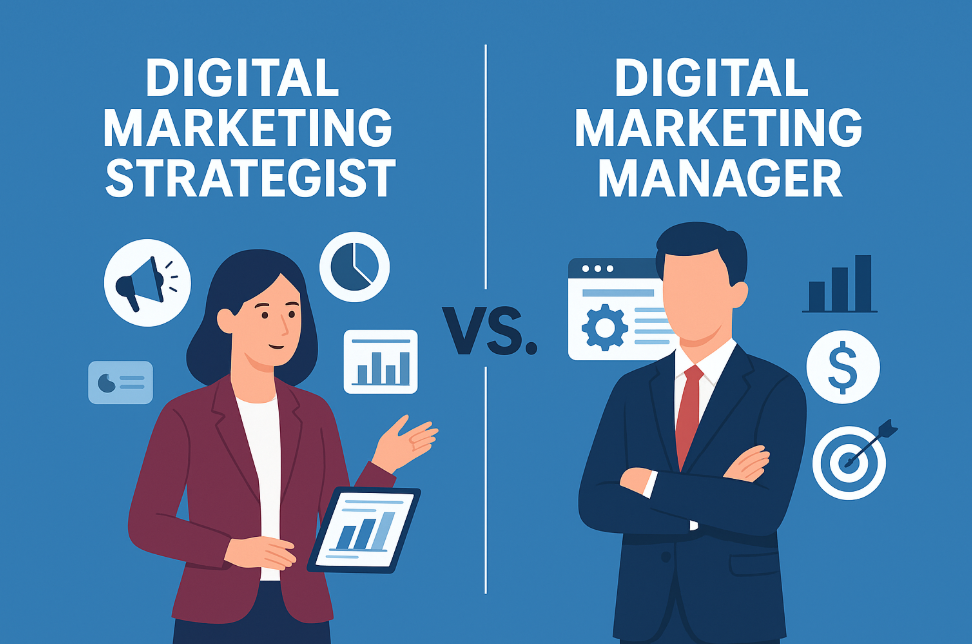What is Marketing Project Planning? Complete Guide for 2025
Project planning in marketing is the backbone of every successful campaign, ensuring that goals are met, resources are optimized, and results are measurable. As digital channels evolve and competition intensifies, having a robust marketing project planning process is more crucial than ever. Whether you’re launching a new product, running a multi-channel campaign, or managing ongoing brand initiatives, a detailed marketing project plan aligns objectives, timelines, budgets, and teams. In this comprehensive guide, discover the essential steps, tools, templates, and best practices for marketing project planning in 2025. Learn how to create, execute, and optimize a marketing project plan that drives real business growth and ROI. What is Project Planning in Marketing? Project planning in marketing refers to the structured process of outlining, organizing, and managing all activities, resources, and timelines required to achieve specific marketing objectives. Unlike a general marketing plan—which covers long-term strategy—a marketing project plan is focused on the execution of a particular campaign or initiative, detailing every step from conception to completion. A marketing project plan typically includes: Business and competitive analysis Target audience definition Clear objectives and KPIs Task breakdown and timelines Budget allocation Stakeholder roles Risk management strategies By following a systematic approach, marketing teams can ensure campaigns that are committed are delivered on time, within budget, and with maximum impact. Here is a detailed article, what Is the Marketing Environment? Why Project Planning is Crucial for Marketing Success Aligning Team Objectives A well-structured marketing project plan ensures every team member understands their role, responsibilities, and deadlines. This alignment reduces confusion, boosts accountability, and keeps everyone working toward the same goals. Resource Optimization Effective project planning allows for optimal allocation of budgets, tools, and personnel. This prevents resource wastage and ensures that critical tasks have the support they need. Risk Reduction By identifying potential harmful risks and developing supporting plans, marketing project planning minimizes disruptions and helps teams adapt quickly to unexpected challenges. Measuring Success Defining clear KPIs and milestones allows for ongoing monitoring and post-project analysis, ensuring that marketing efforts deliver tangible results. Key Components of a Marketing Project Plan Setting Clear Objectives and KPIs Start by defining what success looks like. Objectives should be SMART: Specific, Measurable, Achievable, Relevant, and Time-bound. KPIs (Key Performance Indicators) provide benchmarks for performance and progress. Identifying Target Audience and Stakeholders Understand who your marketing efforts are targeting. Define demographics, pain points, and buying behaviors. Identify all stakeholders, including team members, executives, and external partners, and clarify their roles in the project. Defining Deliverables and Milestones Break down the project into actionable deliverables—such as campaign assets, landing pages, or social media posts—and set milestones for each phase. Timeline and Scheduling Create a detailed timeline using Gantt charts or project management tools. Assign deadlines to each task and ensure dependencies are clearly mapped out. Budgeting and Resource Allocation Determine the overall budget and allocate resources to each task. Assign accountability for budget management to a specific team member. Risk Management and Contingency Planning Identify potential risks—such as delays, budget overruns, or resource shortages—and develop strategies to mitigate them. Read more: Why You Must Start Writing Online In 2025. Step-by-Step Guide to Project Planning in Marketing 1. Conduct a Business Analysis Start with a SWOT analysis to assess your organization’s initial and internal strengths and vulnerabilities, as well as external opportunities and threats. Identify competitors and market trends to identify gaps and opportunities. 2. Identify Stakeholders List everyone who will be involved in or affected by the project. This includes professional marketing team members, executives, sales, product teams, and external agencies. 3. Define the Target Audience Use research and data to create detailed buyer personas. Understand their needs, preferences, and decision-making processes. 4. Organize the Team Assign clear roles and responsibilities. Ensure each team member knows their tasks and deadlines. 5. Define Tasks and Deliverables Break down the project into specific tasks. Use the SMART framework to ensure each task is actionable and measurable. 6. Create a Schedule Develop a timeline for the project. Use project management tools to visualize deadlines, dependencies, and critical paths. 7. Decide on a Budget Allocate funds to each task and deliverable. Monitor spending throughout the project to avoid overruns. 8. Create a Risk Management Plan Anticipate potential obstacles and develop contingency plans. Assign responsibility for monitoring and addressing risks. Tools and Templates for Marketing Project Planning Project Management Tools Asana: For task assignment, timelines, and collaboration. Trello: Visual boards for tracking progress. Monday.com: Customizable workflows for marketing teams. Productive.io: All-in-one solution for planning, collaboration, and analytics. Read more: Top 10 Best Tools For Entrepreneurs in 2025. Marketing Project Plan Templates Gantt Chart Templates: Visualize timelines and dependencies. Task Breakdown Templates: Organize deliverables and responsibilities. Budget Templates: Track spending and resource allocation. How to Choose the Right Tool Consider your team size, project complexity, and integration needs. Look for tools that support collaboration, real-time updates, and reporting. Best Practices for Effective Marketing Project Plans Communication and Collaboration Maintain open lines of communication. Use regular check-ins and status updates to keep everyone aligned. Monitoring Progress and Adjusting Plans Track KPIs and milestones throughout the project. Be prepared to adjust timelines or tactics based on real-time data and feedback. Documentation and Transparency Keep detailed records of decisions, changes, and results. Transparency builds trust with stakeholders and supports continuous improvement. Common Challenges and Mistakes in Marketing Project Planning Lack of Clear Objectives Unclear goals lead to confusion and wasted resources. Always start with well-defined objectives. Poor Communication Miscommunication can cause delays and errors. Use collaboration yet professional tools and held regular meetings to keep everyone informed. Inadequate Resource Allocation Overloading team members or underfunding tasks can derail a project. Plan resources carefully and monitor workloads. Ignoring Risk Management Failing to anticipate risks can lead to costly setbacks. Always include contingency plans in your project plan. Real-World Examples and Case Studies Example 1: Product Launch Campaign A SaaS company planned a product launch using a detailed marketing project plan. By defining objectives, target audience, and KPIs, they coordinated content creation, paid ads, and influencer outreach.









